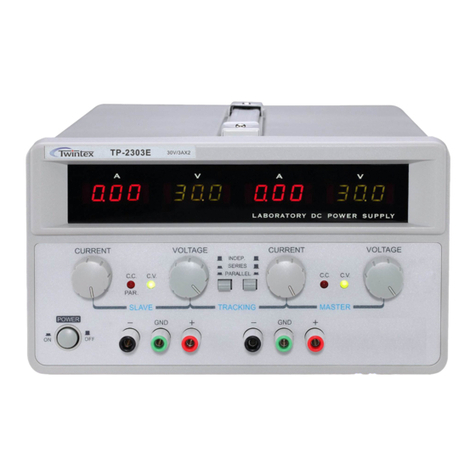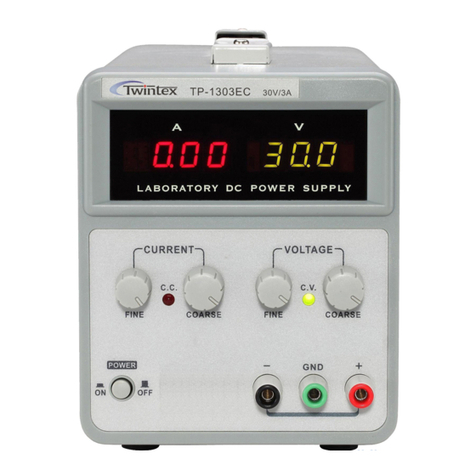SAFEFY INSTRUCTION...................................................................................................................................- 2 -
1. KEY POINTS TO INSTALLATION ............................................................................................................- 3 -
1.1 Unpacking and Examination ................................................................................................................- 3 -
1.2 Preparation before Use..........................................................................................................................- 3 -
1.3 Storage and Shipping ............................................................................................................................- 4 -
2. SPECIFICATOINS .........................................................................................................................................- 5 -
2.1 Serial Lineup and Features...................................................................................................................- 5 -
2.2 Specifications..........................................................................................................................................- 6 -
3. OPERATION INSTRUCTIONS..................................................................................................................- 10 -
3.1 Front Panel Description......................................................................................................................- 10 -
3.2 Rear Panel Description........................................................................................................................- 10 -
3.3 Operation Instructions........................................................................................................................- 12 -
3.3.1 Power On................................................................................................................................- 12 -
3.3.2 Voltage Setup .........................................................................................................................- 12 -
3.3.3 Frequency Setup ....................................................................................................................- 12 -
3.3.4 High and Low Voltage Switch ..............................................................................................- 12 -
3.3.5 Current Limit Setup..............................................................................................................- 13 -
3.3.6 P/PF Operation Key ..............................................................................................................- 13 -
3.3.7 OUTPUT/RESET Key..............................................................................................................- 13 -
3.3.8 Memory Key..............................................................................................................................- 13 -
3.3.9 System Parameter Setup ..........................................................................................................- 13 -
3.3.10 Output......................................................................................................................................- 14 -
3.4 Protections............................................................................................................................................- 14 -
3.5 Remote Control....................................................................................................................................- 14 -
4. FAULTS AND TROUBLE SHOOTING.....................................................................................................- 18 -
5. MAITENANCE .............................................................................................................................................- 19 -
5.1 Inspection .............................................................................................................................................- 19 -
5.2 Cleaning................................................................................................................................................- 19 -
5.3 Modification.........................................................................................................................................- 19 -






























